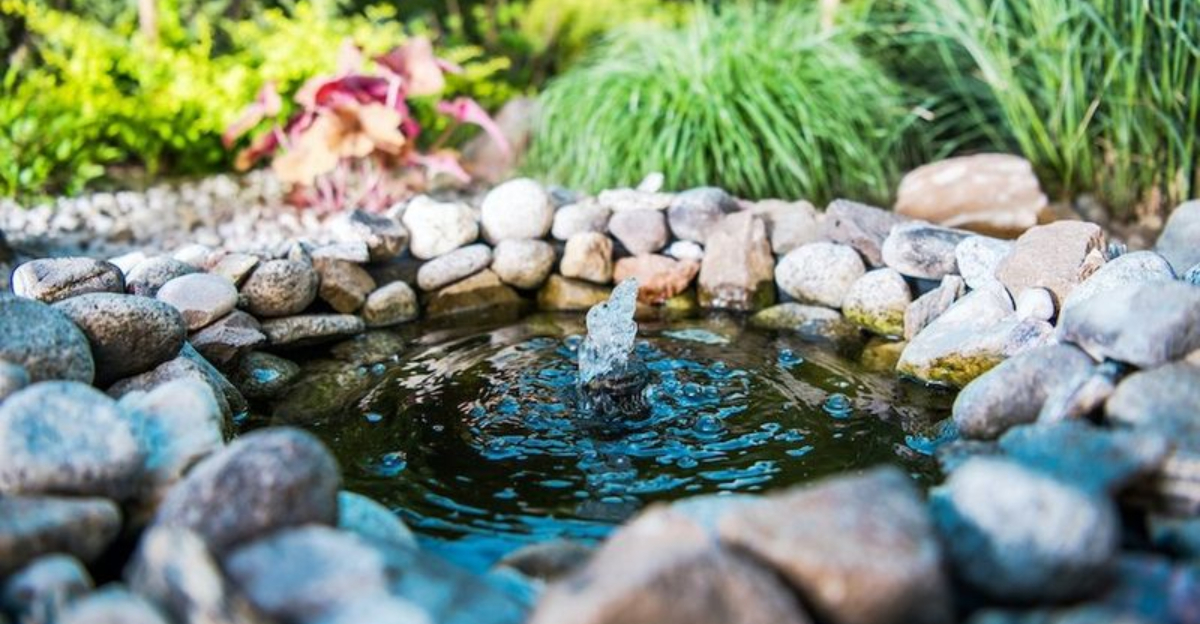A gorgeous yard might get the neighbors talking, but not every landscaping project is a smart move. Some upgrades eat up your weekend *and* your wallet—only to do nothing for curb appeal or resale value.
Seasoned real estate pros have seen their fair share of backyard blunders and know which outdoor improvements actually move the needle.
So before you splurge on that koi pond or marble gazebo, take a breath. Here are 9 landscaping projects that fall flat—and 9 that truly deliver the green, both in looks and long-term value.
1. Fancy Water Features
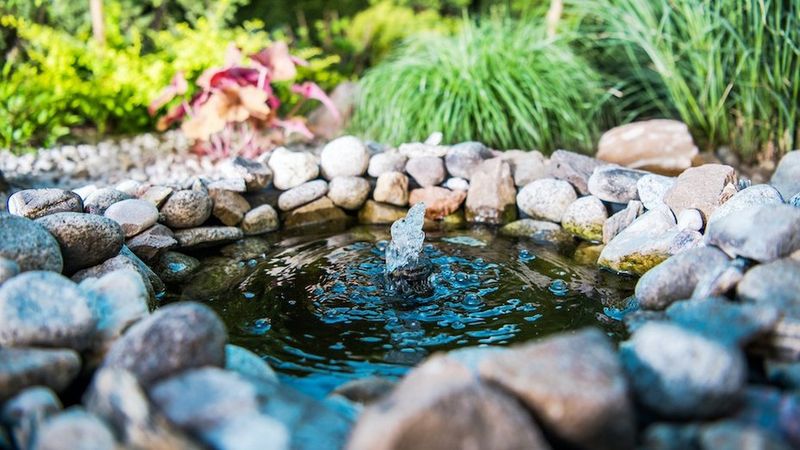
Elaborate fountains and koi ponds might create a serene atmosphere, but they’re maintenance nightmares that scare away potential buyers. Many house hunters see dollar signs floating away with every pump repair and filter replacement.
Professional landscapers charge thousands for installation, yet most homeowners recover less than 20% of these costs at sale time. Buyers often plan to remove these features immediately after purchase.
If you truly want moving water in your landscape, consider simple, solar-powered options that can be easily removed rather than permanent installations that require electrical work and ongoing care.
2. Over-the-Top Outdoor Kitchens
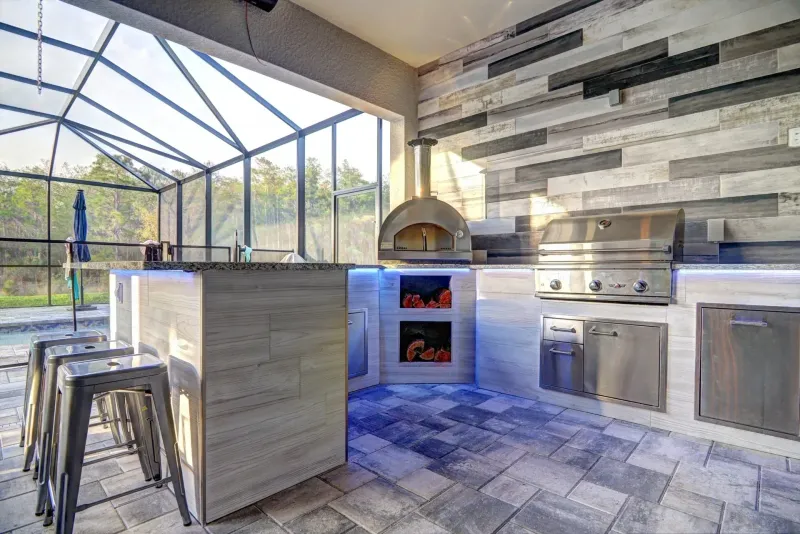
Marble countertops, built-in pizza ovens, and professional-grade grills might make you the neighborhood BBQ champion, but they won’t cook up profits when selling. Weather exposure means these luxurious setups deteriorate faster than indoor versions.
Climate limitations in many regions mean these spaces sit unused most of the year. Even in perfect weather locations, buyers rarely value outdoor cooking areas at anywhere near their installation cost.
Real estate agents report that simple, portable grilling stations provide nearly the same appeal to buyers without the five-figure investment that high-end outdoor kitchens demand.
3. Highly Customized Gardens

Your passion for rare Japanese maples or exotic desert succulents might bring personal joy, but specialized gardens typically alienate average buyers. Unusual plants often require specialized knowledge and maintenance that new owners won’t have or want.
Gardens with plants that aren’t native to your region frequently need extra water, fertilizer, and protection during extreme weather. This translates to ongoing expenses that make potential buyers nervous.
Real estate professionals consistently recommend simple, low-maintenance native plantings that enhance curb appeal without creating a second job for the new homeowner.
4. Artificial Turf Throughout
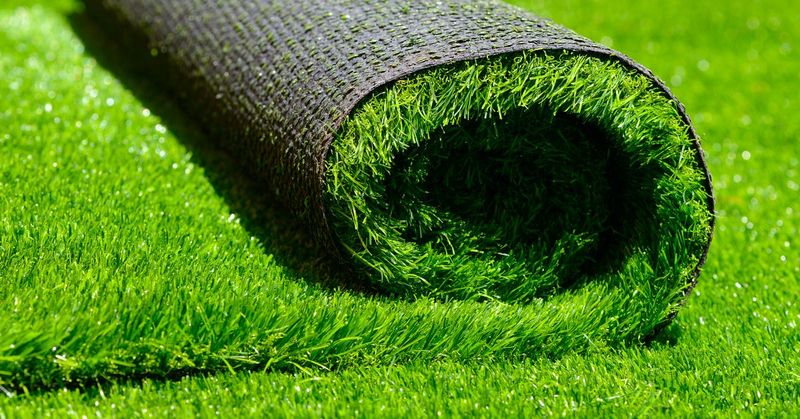
While artificial grass eliminates mowing, this seemingly practical solution comes with hidden drawbacks. The upfront cost – averaging $8-12 per square foot installed – rarely returns its investment when selling your home.
Summer heat turns these surfaces scorching hot, making them unusable during peak outdoor seasons. The plastic material degrades from UV exposure, requiring replacement every 8-15 years.
Many buyers prefer natural landscaping options and are turned off by the artificial appearance. Real estate agents report that homes with extensive synthetic turf often receive lower offers than comparable properties with natural lawns or thoughtfully designed xeriscaping.
5. Swimming Pools in Unexpected Regions
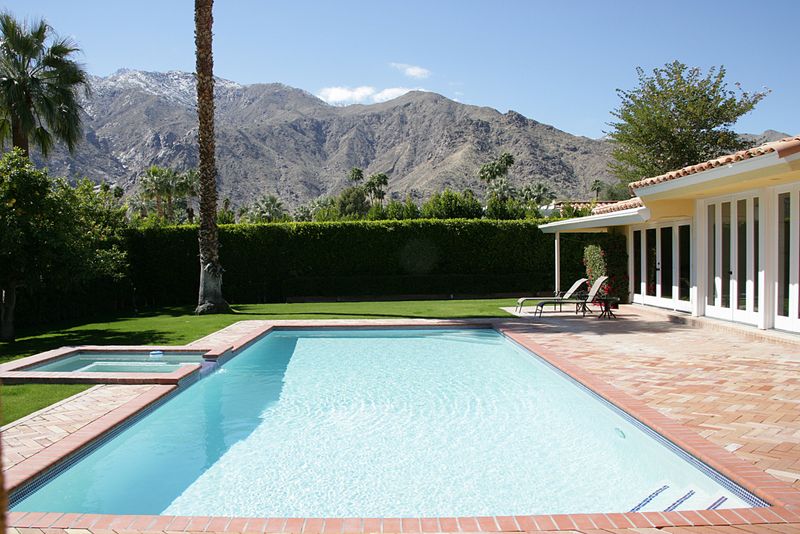
Pools might seem universally desirable, but geography matters tremendously. In northern states with short summers, pools become expensive liabilities rather than assets when selling your home.
Annual maintenance costs between $3,000-5,000 scare away many potential buyers. Insurance requirements, safety concerns for families with young children, and limited seasonal use all contribute to pools actually decreasing property values in many regions.
Real estate professionals in cooler climates report that homes with pools often sit on the market longer than comparable properties without them, frequently selling for $10,000-20,000 less than expected.
6. Excessive Landscape Lighting
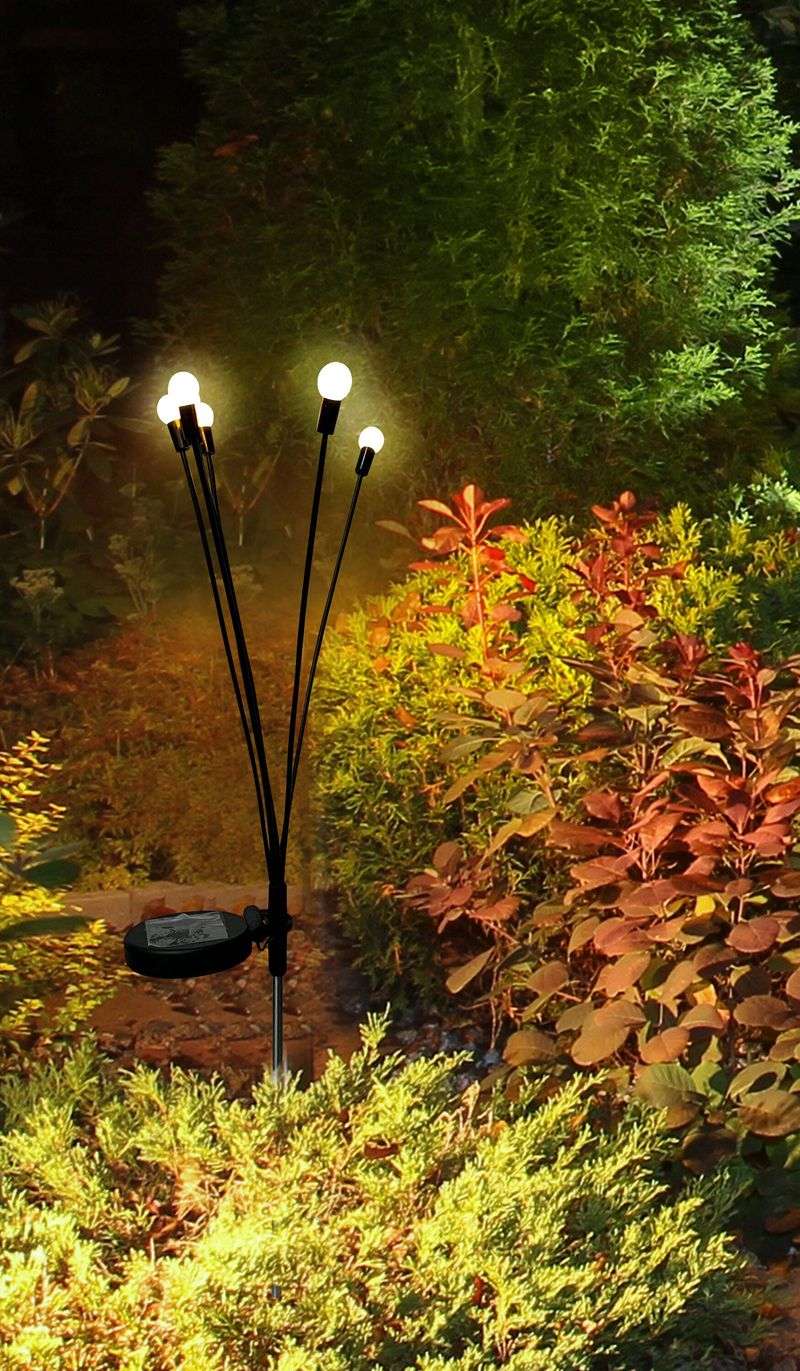
Illuminating every tree, shrub and pathway creates a magical nighttime appearance but burns through your return on investment. Professional-grade lighting systems often cost $5,000-15,000 installed, yet add minimal value to your property’s selling price.
Beyond installation costs, elaborate lighting dramatically increases monthly electric bills. The specialized bulbs and fixtures require regular replacement and maintenance that buyers view as an ongoing burden.
Most potential homeowners prefer simple, strategic lighting focused on security and safety rather than theatrical displays. Real estate professionals recommend limiting landscape lighting to entry paths and key security areas for maximum return.
7. Intricate Hardscaping Patterns
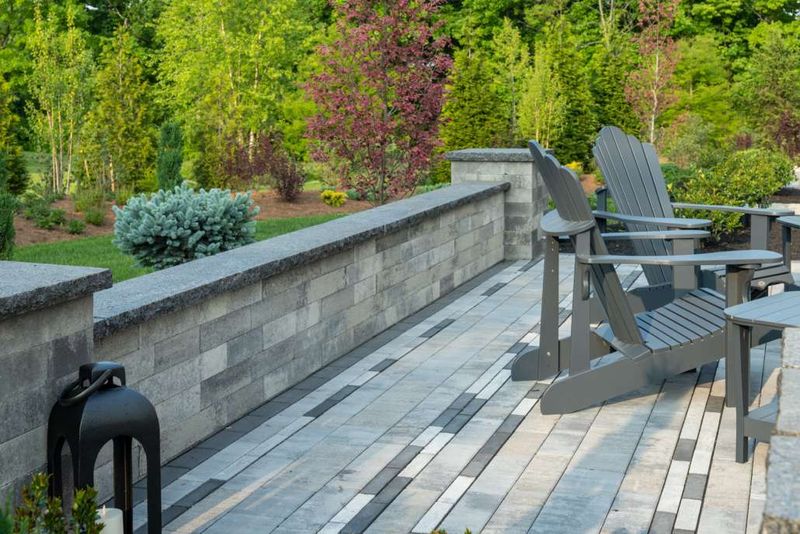
Elaborate brick patterns and mosaic stonework might showcase craftsmanship, but they rarely pay off financially. Custom hardscaping can cost 3-4 times more than standard installations yet adds minimal additional value to your home’s selling price.
Unique designs often reflect personal taste that doesn’t align with market preferences. Potential buyers frequently calculate replacement costs when viewing highly personalized outdoor spaces.
Real estate professionals consistently recommend simple, classic hardscaping patterns that appeal to the broadest range of buyers. Clean lines and neutral materials provide the highest return on investment while still creating attractive outdoor living spaces.
8. Extensive Lawn Sculptures
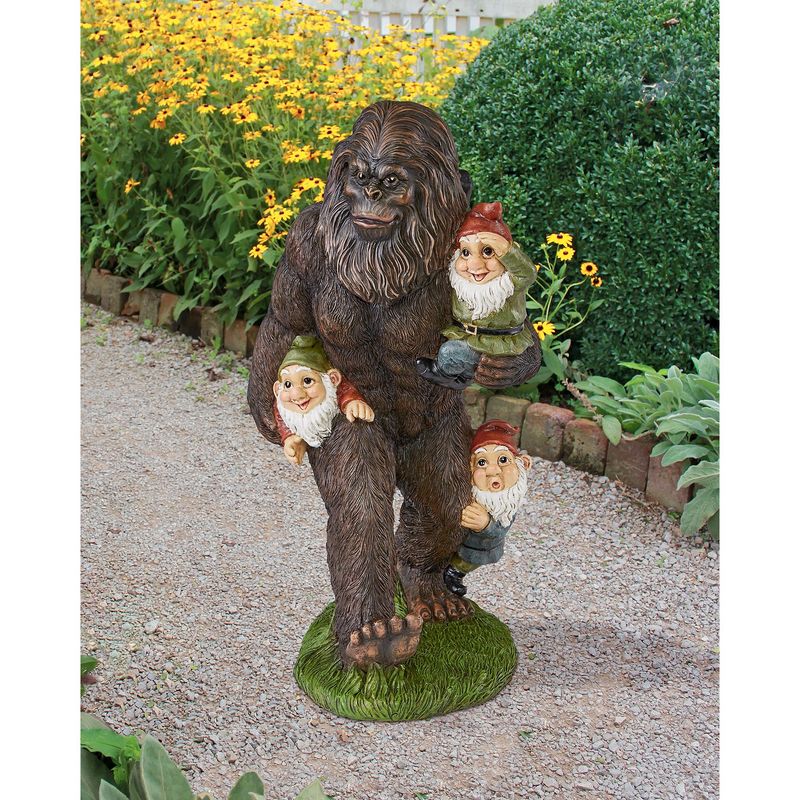
An overwhelming display of intricate lawn sculptures may seem like a testament to creative flair but often fails to add real value to a property. Such installations can make maintenance daunting and deter potential buyers.
While some sculptures might blend harmoniously, an excess can clutter the landscape, detracting from the natural beauty. Purchasers often envision their own ideas, and these specific enhancements might not align.
The cost of upkeep also adds an unexpected burden. What seems like artful expression might ultimately narrow the appeal, leaving homeowners questioning their initial investment.
9. Mature Tree Transplanting

Instantly mature landscapes come with staggering price tags. Moving fully grown trees can cost $1,500-5,000 per tree, yet adds surprisingly little to your home’s final selling price.
Transplanted trees often struggle for years, requiring extensive maintenance and specialized care. Many don’t survive the shock of relocation, resulting in expensive losses when they die within 2-3 years of installation.
Real estate professionals suggest planting younger, faster-growing native species instead. Smaller trees establish more successfully, ultimately creating healthier landscapes while costing a fraction of transplanted mature specimens – a smart approach whether you’re selling soon or staying put.
10. Native Plant Gardens That Thrive Without Fuss
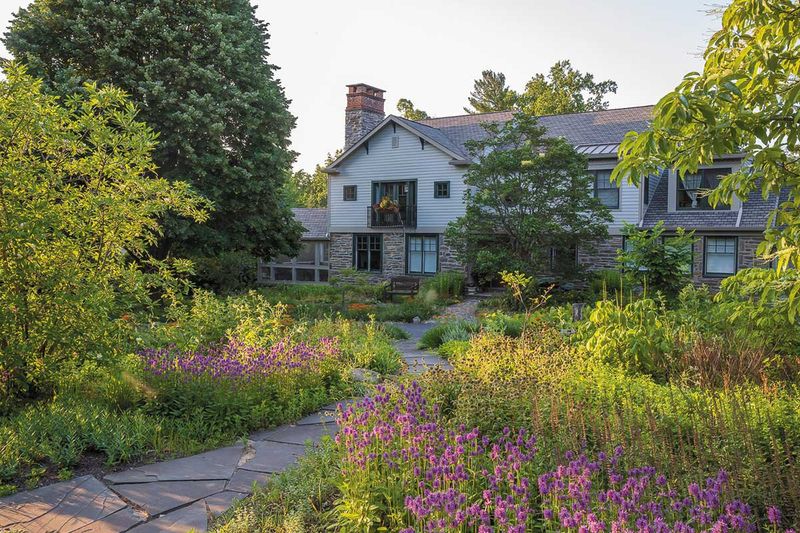
Homebuyers increasingly value sustainability, making low-maintenance native plant gardens a huge selling point. Plants that naturally grow in your region require less water, fertilizer, and overall care than exotic varieties.
Real estate agents note that the properties with established native gardens sell for 4-6% more in our market. The initial investment is modest – typically $500-1,500 depending on yard size.
Focus on flowering perennials that provide year-round visual interest and attract beneficial wildlife like butterflies and birds.
11. Strategic Shade Trees That Slash Energy Bills
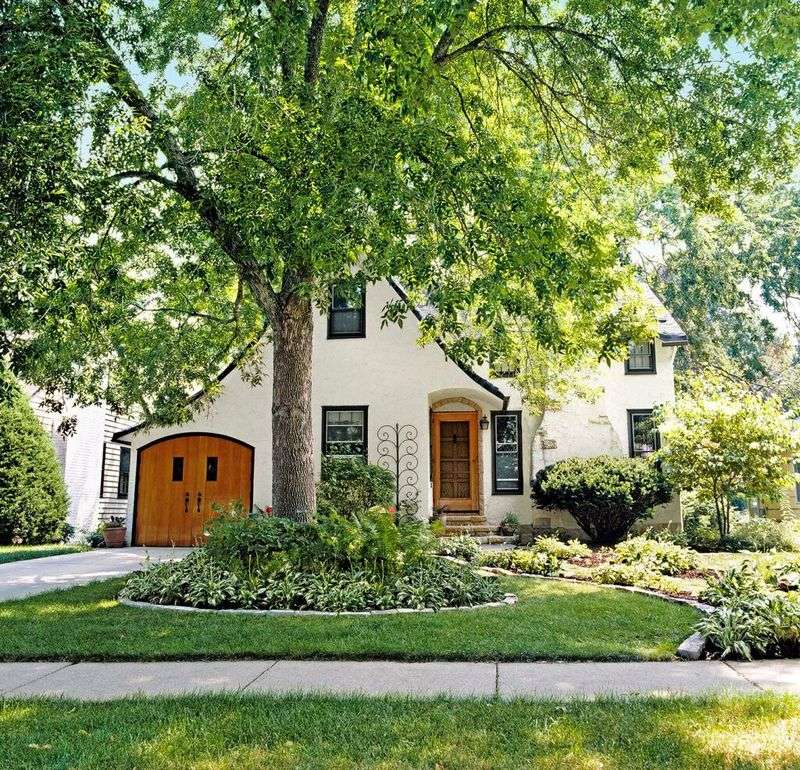
Planting deciduous trees on the south and west sides of a home creates a natural cooling system that can reduce summer energy costs by up to 30%. During winter, bare branches allow warming sunlight through – a selling feature that resonates with cost-conscious buyers.
Red maples, oaks, and sycamores offer excellent shade coverage while adding seasonal color changes that enhance property aesthetics.
12. Edible Landscape Borders With Herbs And Berries
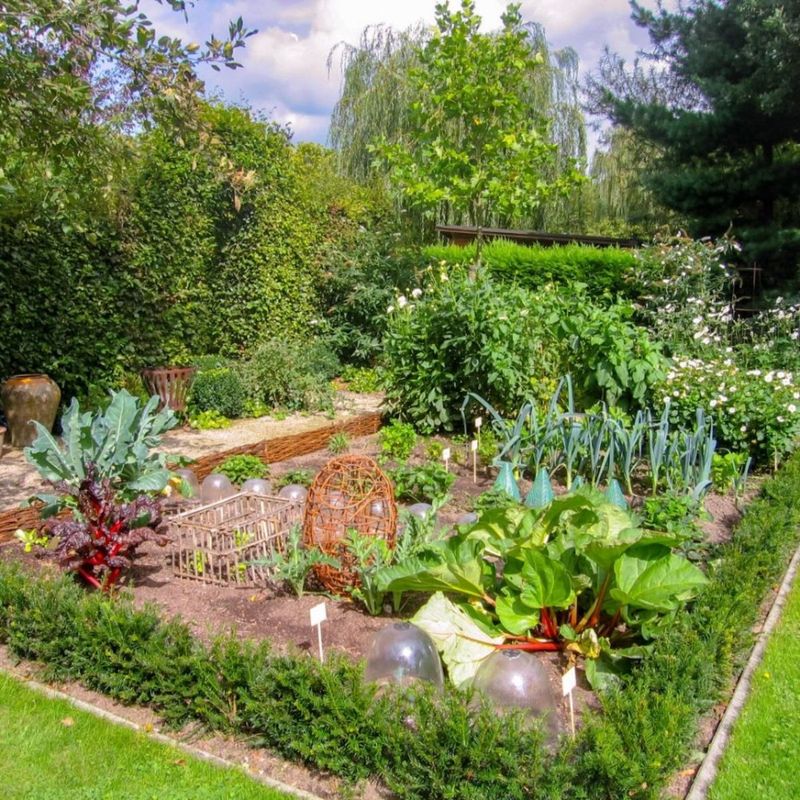
Blurring the line between ornamental and practical, edible landscaping creates instant appeal among today’s health-conscious homebuyers. Replacing traditional hedges with blueberry bushes or boring borders with strawberries and herbs offers both beauty and function.
Rosemary makes stunning drought-resistant hedges, while thyme creates fragrant ground cover between stepping stones. Raspberry canes provide seasonal privacy screens that produce delicious summer harvests.
13. Gravity-Defying Vertical Gardens On Blank Walls
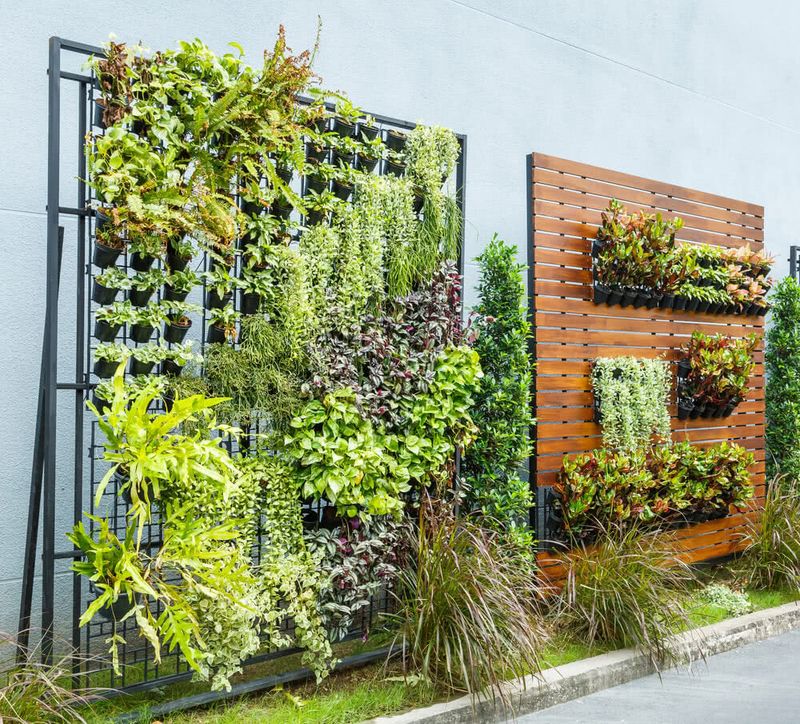
Blank exterior walls transform into living artwork with vertical garden installations that maximize limited space. These eye-catching green features particularly appeal to urban buyers facing space constraints.
Succulents offer low-maintenance options for sunny exposures, while shade-tolerant ferns and mosses work beautifully on north-facing walls. Smart irrigation systems ensure these showpieces stay lush with minimal intervention.
14. Rain Gardens That Manage Stormwater Stylishly

Soggy yards become selling liabilities, but a professionally designed rain garden transforms drainage problems into environmental features. These specialized planted depressions collect runoff, preventing erosion while creating habitat for beneficial insects and birds.
Choose moisture-loving native plants like cardinal flower, blue flag iris, and swamp milkweed that thrive in periodically wet conditions while providing colorful blooms throughout growing seasons.
15. Moonlight Gardens With White Flowering Plants
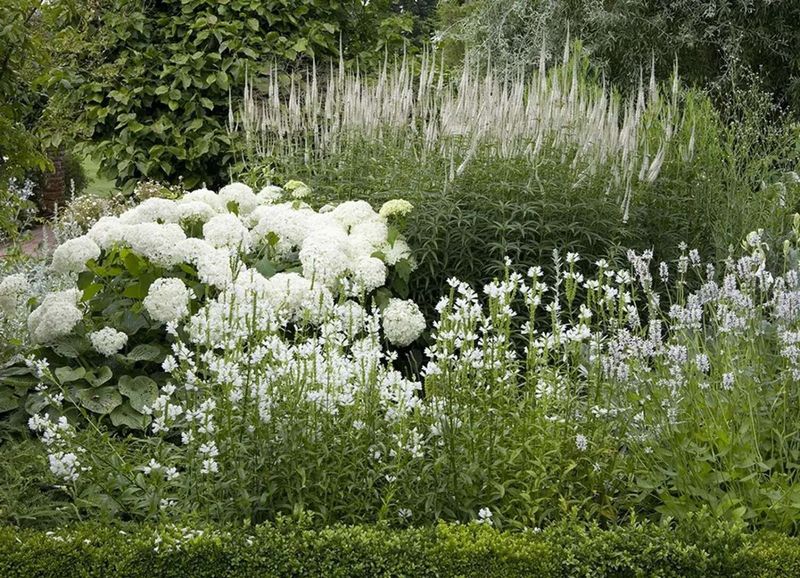
Evening-focused landscapes create magical nighttime spaces that extend outdoor enjoyment hours – a unique selling proposition for busy professionals who primarily enjoy their yards after work. White-flowering plants reflect moonlight and glow under minimal illumination.
White hydrangeas, jasmine, and evening primrose create luminous focal points, while silver-leaved plants like dusty miller add complementary texture that catches even the slightest evening breeze.
16. Xeriscaped Front Yards That Eliminate Mowing
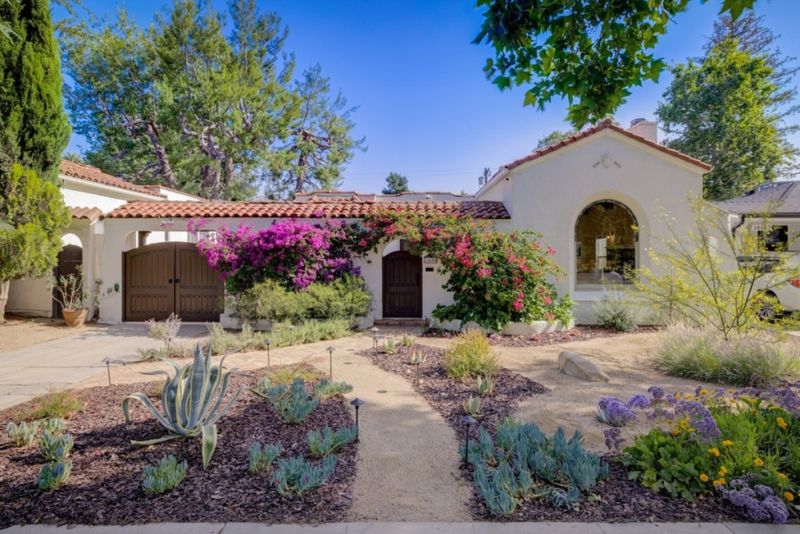
Grass-free front yards using xeriscaping principles appeal to eco-conscious buyers and busy professionals alike. These water-wise landscapes replace thirsty lawns with drought-tolerant plants, decorative rock, and artistic hardscaping elements.
Ornamental grasses create movement, while flowering succulents provide surprising color bursts. Strategic boulder placement adds year-round structure that maintains visual interest even during dormant seasons.
17. Pollinator Highways That Create Buzzing Boundaries
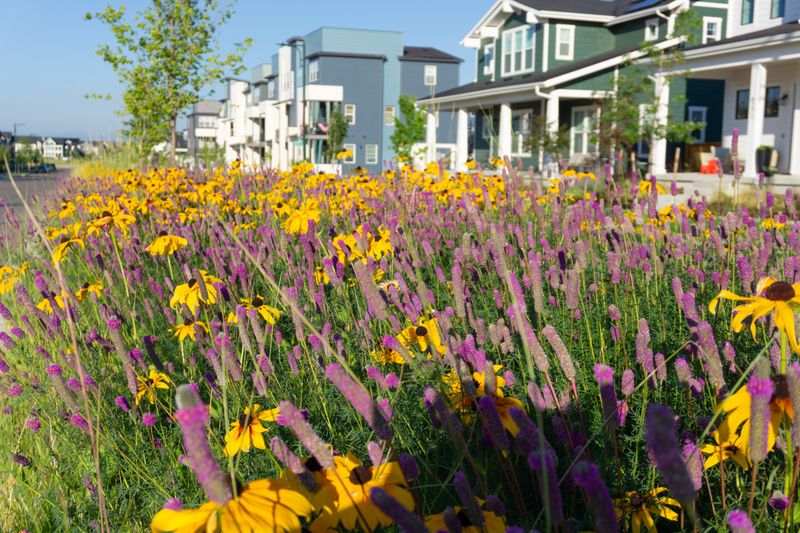
Property lines transform from boring boundaries into ecological habitats with pollinator highways – linear plantings designed specifically to support bees, butterflies, and hummingbirds. These buzzing borders create natural privacy while contributing to environmental health.
Coneflowers, salvias, and native milkweeds provide nectar sources throughout growing seasons. Leaving small sections of bare soil creates nesting habitat for native bees, adding ecological value that environmentally conscious buyers recognize immediately.
18. Fruit Tree Orchard
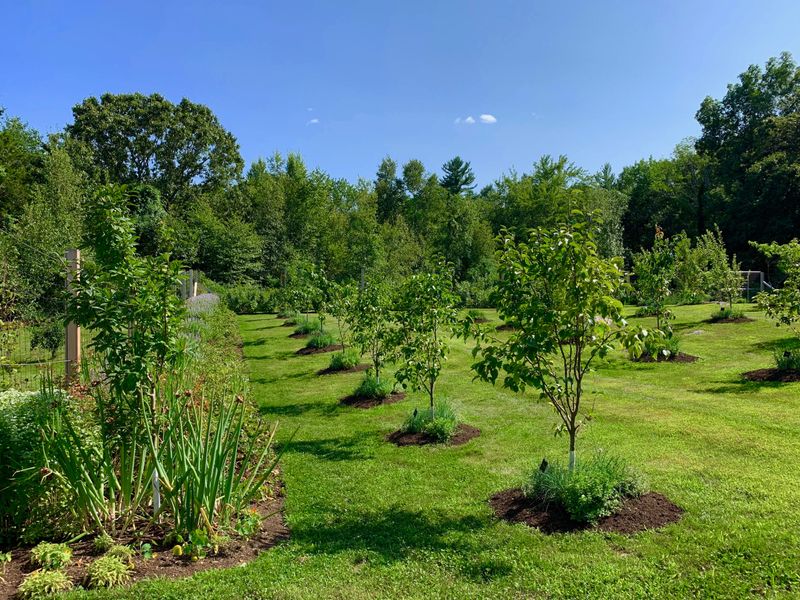
Imagine a backyard filled with blooming fruit trees, offering seasonal harvests and a family-friendly environment. Unlike other complex projects, a fruit tree orchard grows in value over time.
It’s more than just an aesthetic addition; it provides fresh produce right at your doorstep. This sustainable choice attracts eco-conscious buyers, enhancing property value with its practical appeal.
Moreover, the sight of blossoming trees can enhance curb appeal, creating an inviting atmosphere. Investing in a variety of fruit trees brings a delightful blend of functionality and charm, making it a standout feature for any homebuyer.

